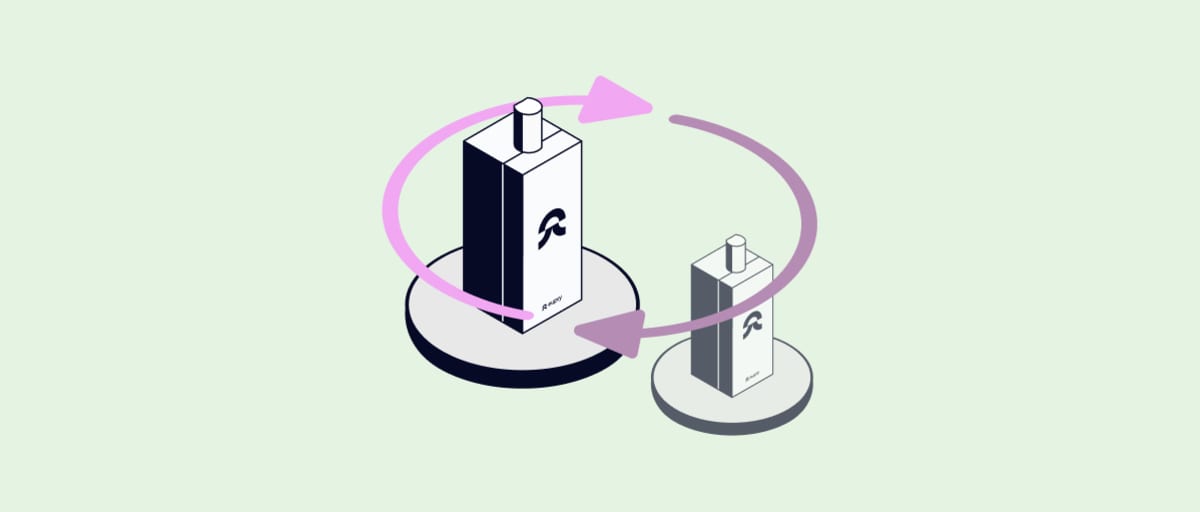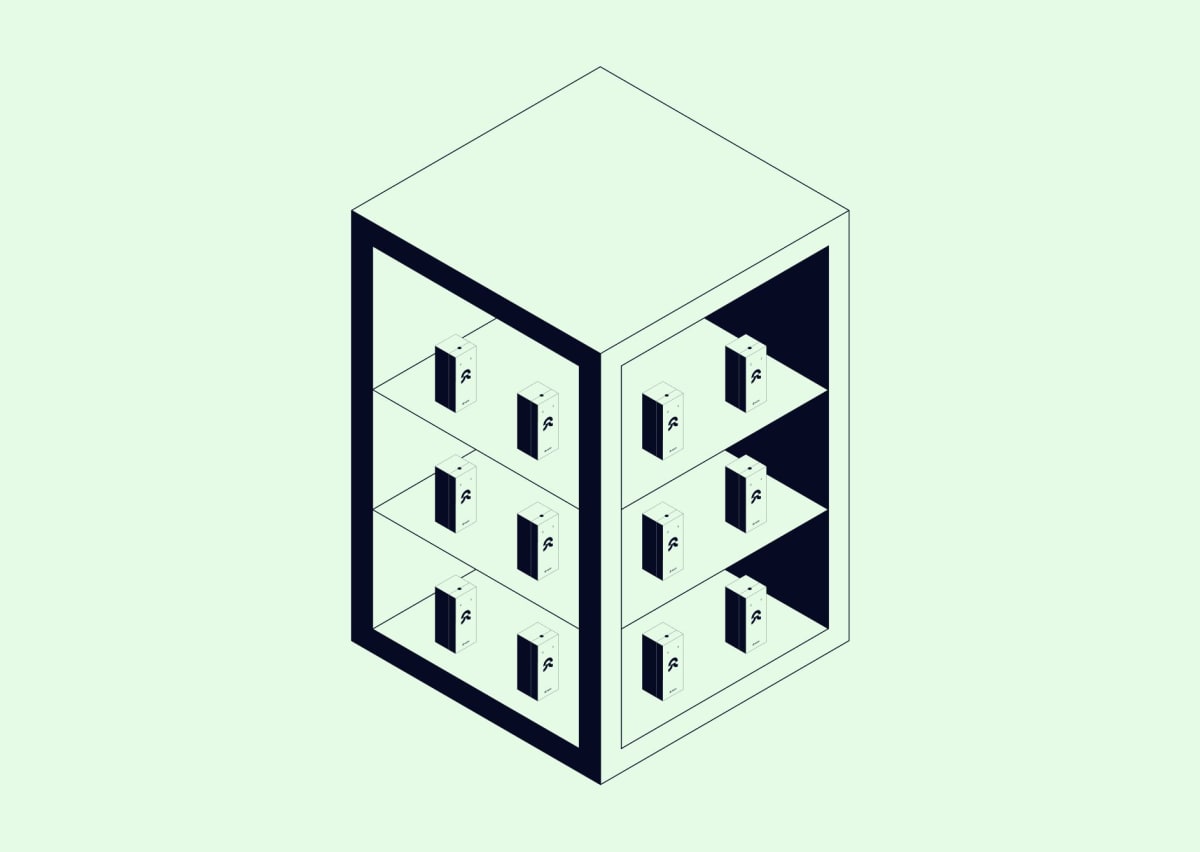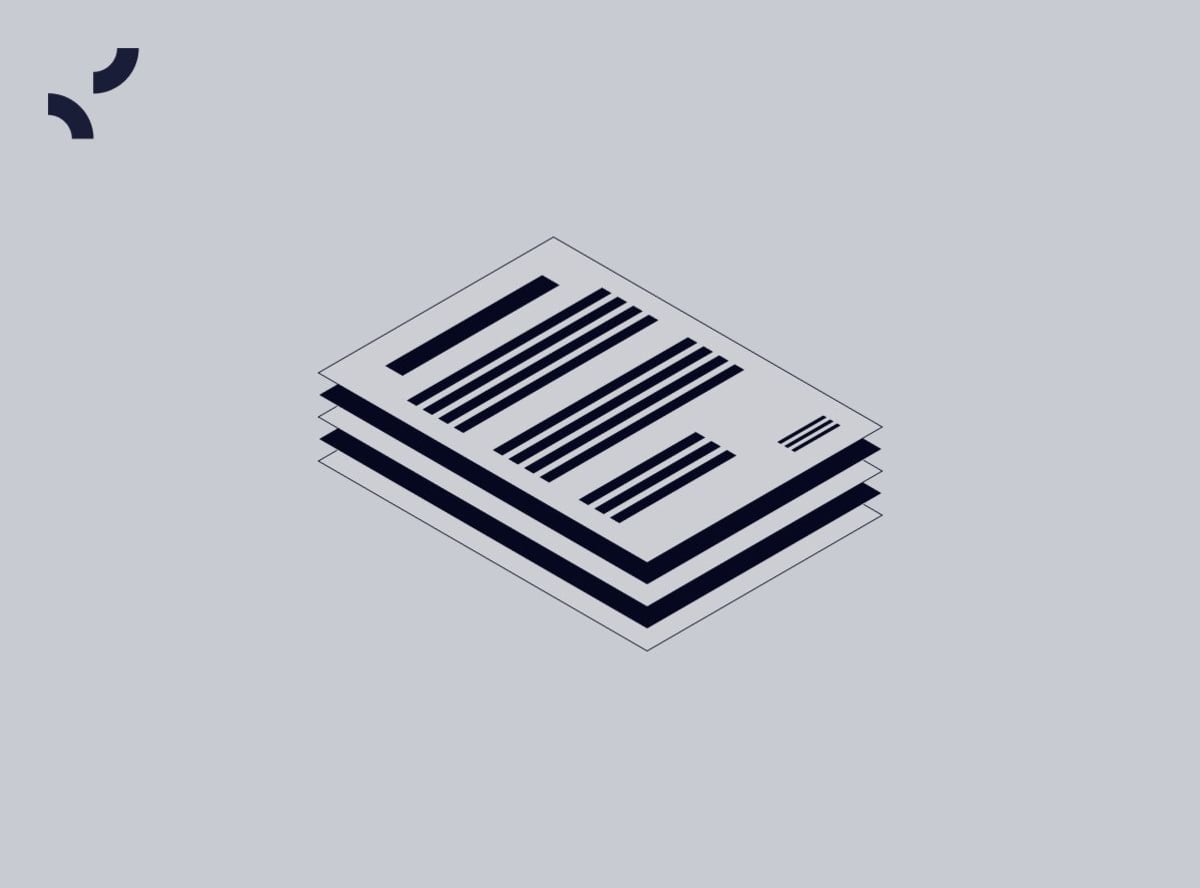How to achieve your CEIV pharmaceutical compliance certification
The 5 core components of CEIV pharma-ready temperature compliance.
In the dynamic landscape of temperature compliance and changing regulations, establishing your organization as a certified entity is a must to show all stakeholders that you adhere to regulations throughout the entire supply chain. Ultimately, this helps you ensure product integrity and end-user safety while positioning your organization as a preferred partner in air transport and pharmaceutical distribution.
This is where a CEIV certification comes into the picture.
Psst.. Do you want to learn more about Eupry’s (automated) temperature compliance solution to get you CEIV-ready?
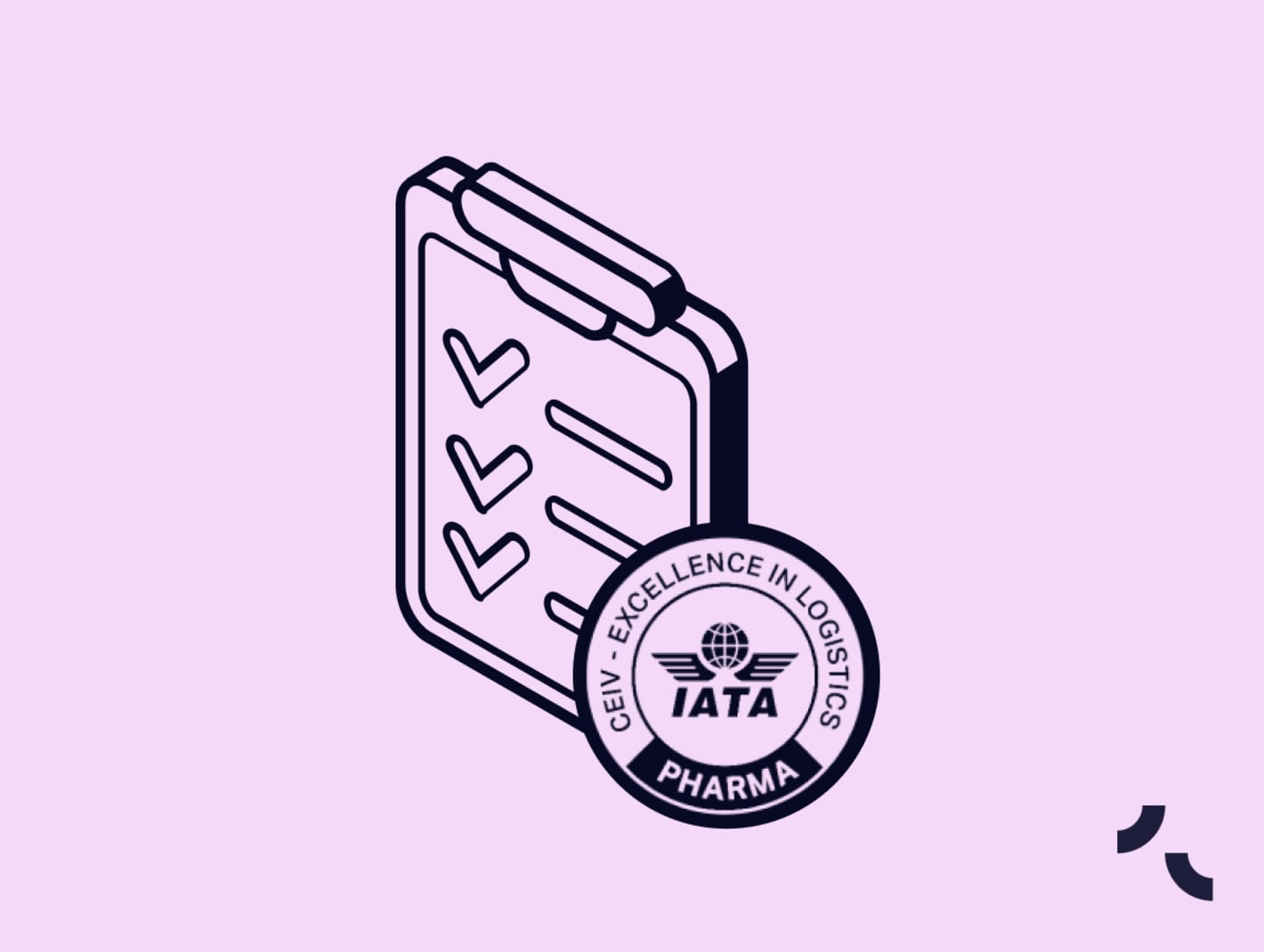
Note
While we aim to provide accurate and current information, the content of this article should not replace staying up-to-date on updates and guidelines directly from regulatory bodies. If you need specific temperature compliance advice or assistance getting your CEIV certification, you can book a free consultancy with one of our specialists here.
On this page, you can learn about:
- Why do you need a CEIV certification?
- How do you achieve your CEIV pharma certification?
- The role of temperature compliance in getting CEIV-certified
- 1. What are the CEIV requirements for temperature monitoring?
- 2. Which data loggers to choose for CEIV certification?
- 3. Which role does calibration play in securing your CEIV certification?
- 4. How to perform CEIV-compliant temperature mapping and validation?
- 5. What are the CEIV pharma requirements for audit documentation?
- The pros and cons of getting external assistance for your CEIV

Why do you need a CEIV certification?
The International Air Transport Association IATA created the Center of Excellence for Independent Validators, with a branch focusing on pharmaceutical handling, (CEIV pharma), to ensure proper pharmaceutical-product handling in supply chains for air transport. IATA’s objective is to foster safety, security, compliance, and efficiency by creating a baseline for compliance in pharma distribution and air transportation.
In other words, a CEIV certification shows your stakeholders that your supply chain excels in compliance.
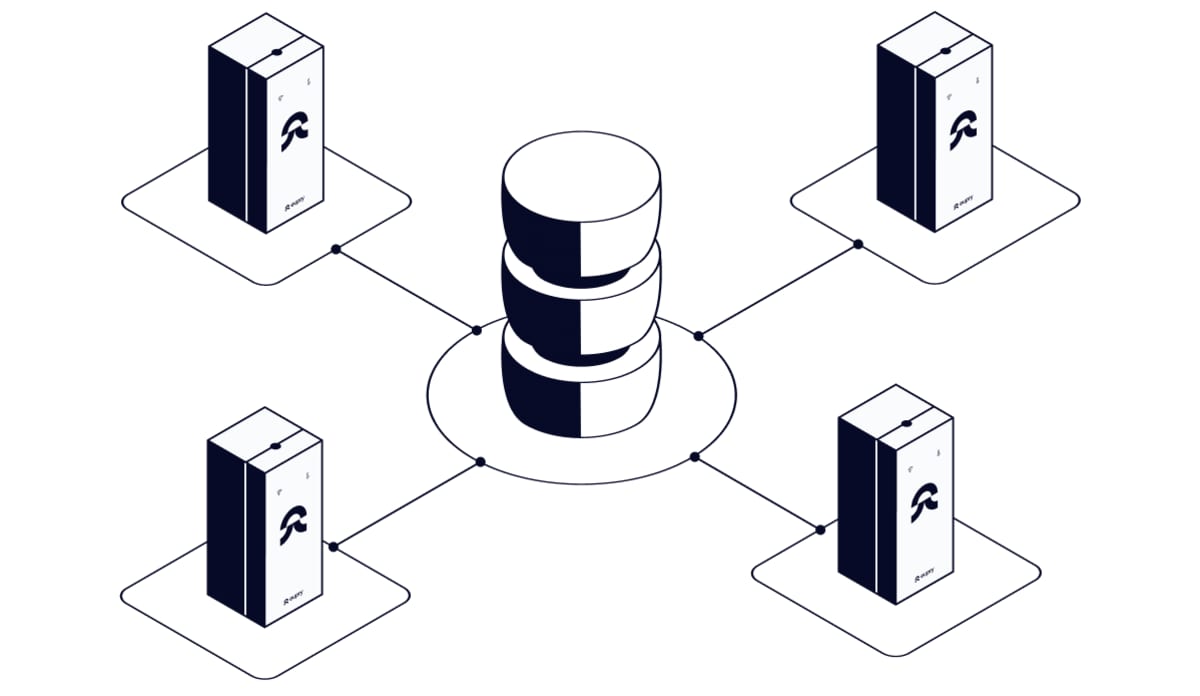
Tip!
This is why it can be valuable to ally yourself with a supplier that can ensure regulatory compliance for your temperature compliance setup on your journey to achieve the CEIV certification. Book a short talk to learn how Eupry can support you here.
How do you achieve your CEIV pharma certification?
The CEIV Pharma assesses your organization based on a checklist from the CEIV Pharma Audit of the IATA Temperature Control Regulations (TCR). This checklist addresses the key aspects of pharmaceutical handling operations, with temperature compliance playing a vital role.
The process of achieving your CEIV certification consists of 4 parts:
- Training: Firstly, you need to ensure that a minimum of 2 staff members have passed both of the following courses: Temperature Controlled Cargo Operations and Audit, Quality and Risk Management for Temperature Controlled Cargo
- On-site assessment: Throughout a 3-4 day period, an assessor will visit your facility. Here they will observe that your operations, processes, and procedures are in accordance with the CEIV pharma audit checklist.
- Validation: After the feedback has been provided by the assessor, you will need to form a corrective action plan (CAP), and evidence that corrections have been satisfactorily implemented.
- Re-certification: An important element of the CEIV Pharma certification is to keep up with refresher training. Afterward, a new assessment will be carried out to ensure that your organization continuously complies with the certification requirements.
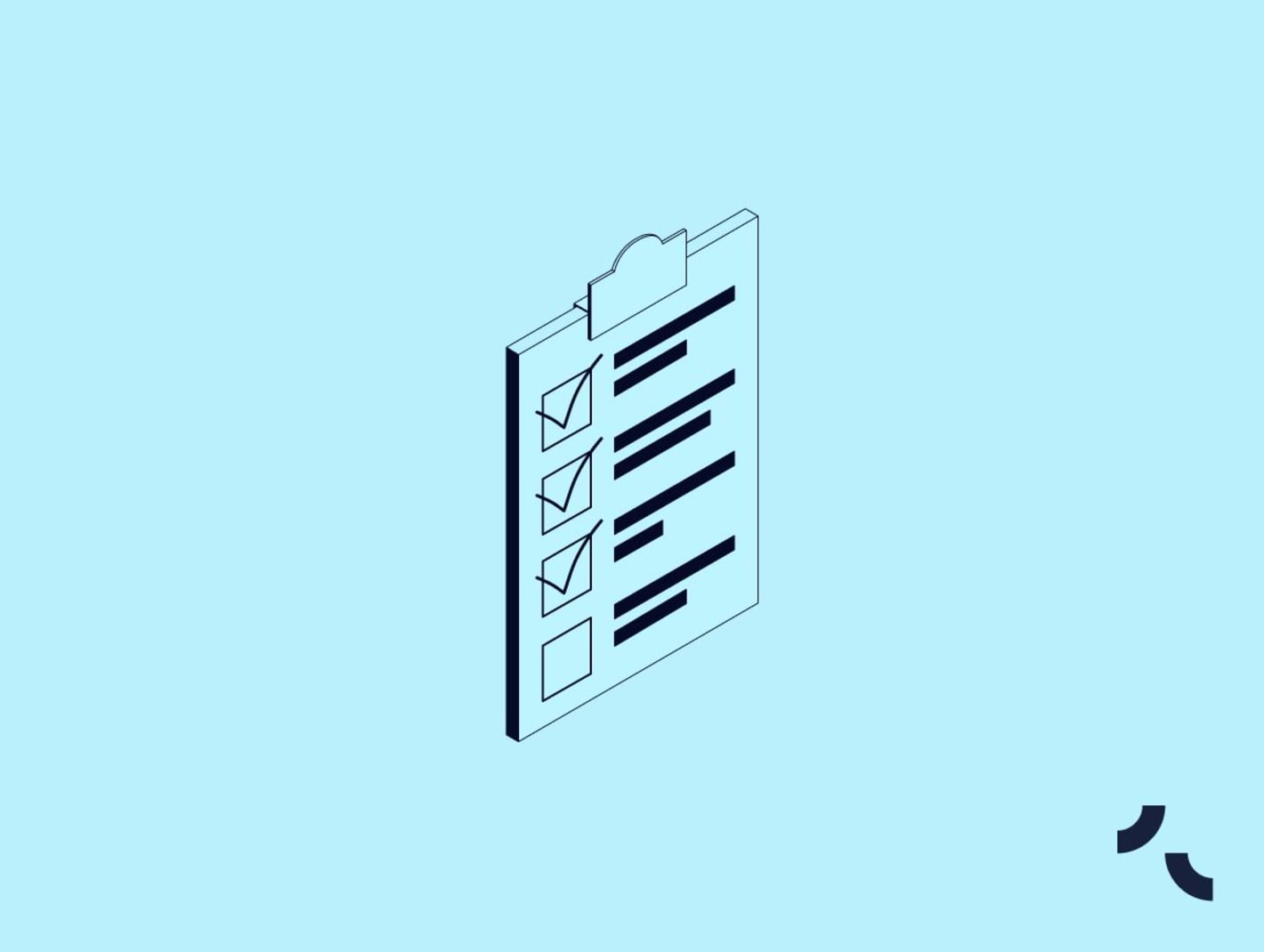
The role of temperature compliance in getting CEIV Pharma-certified
So, where in your CEIV does temperature compliance play a part?
The short answer: everywhere.
The foundation for achieving your CEIV certification is to have your temperature compliance processes under control. These processes include:
1. What are the CEIV requirements for temperature monitoring?
The integrity and safety of pharmaceutical products are at the center of pharmaceutical distribution. Therefore, unnoticed temperature deviations can compromise an entire operation resulting in poor quality and a lack of patient safety. Reliable monitoring plays a significant role in the effectiveness of the temperature compliance system, which is a key requirement for CEIV certification.
With that being said, compliance is not meant to be easy, and picking the perfect monitoring process requires a cautious, systematic, and risk-based approach.
That is where monitoring comes into play.
How can you ensure that you have a reliable monitoring system?
Firstly, you need to look for reliable temperature monitoring solutions that can handle the challenges of securing data integrity during transport and storage. Furthermore, you need to consider the capability to adapt to the distribution of highly sensitive pharmaceutical products.
For instance, look for:
- features that will make your audit processes simpler – such as digital reporting tools.
- ISO 17025 accredited calibration included, secure data handling, and features supporting regulations like FDA 21 CFR Part 11.
- processes designed to adapt to the evolving regulation landscape.
- dependable backup systems, automated data capture, live monitoring, and instant alerts to maintain data integrity.
- a system that scales to mass production and can easily adapt to all stages of the pharmaceutical value chain from development and manufacturing to distribution.
- reliable wireless connectivity and mobile network support.
- adherence to Good Distribution Practices (GDP) and FDA considerations.
- data loggers that offer durability and offsite, Wi-Fi-based monitoring.
- scalability to large-scale facilities like warehouses and distribution centers.
- flexibility in compliance levels – for instance in accredited vs. traceable calibration – to adapt to various types of goods and reduce costs when possible.
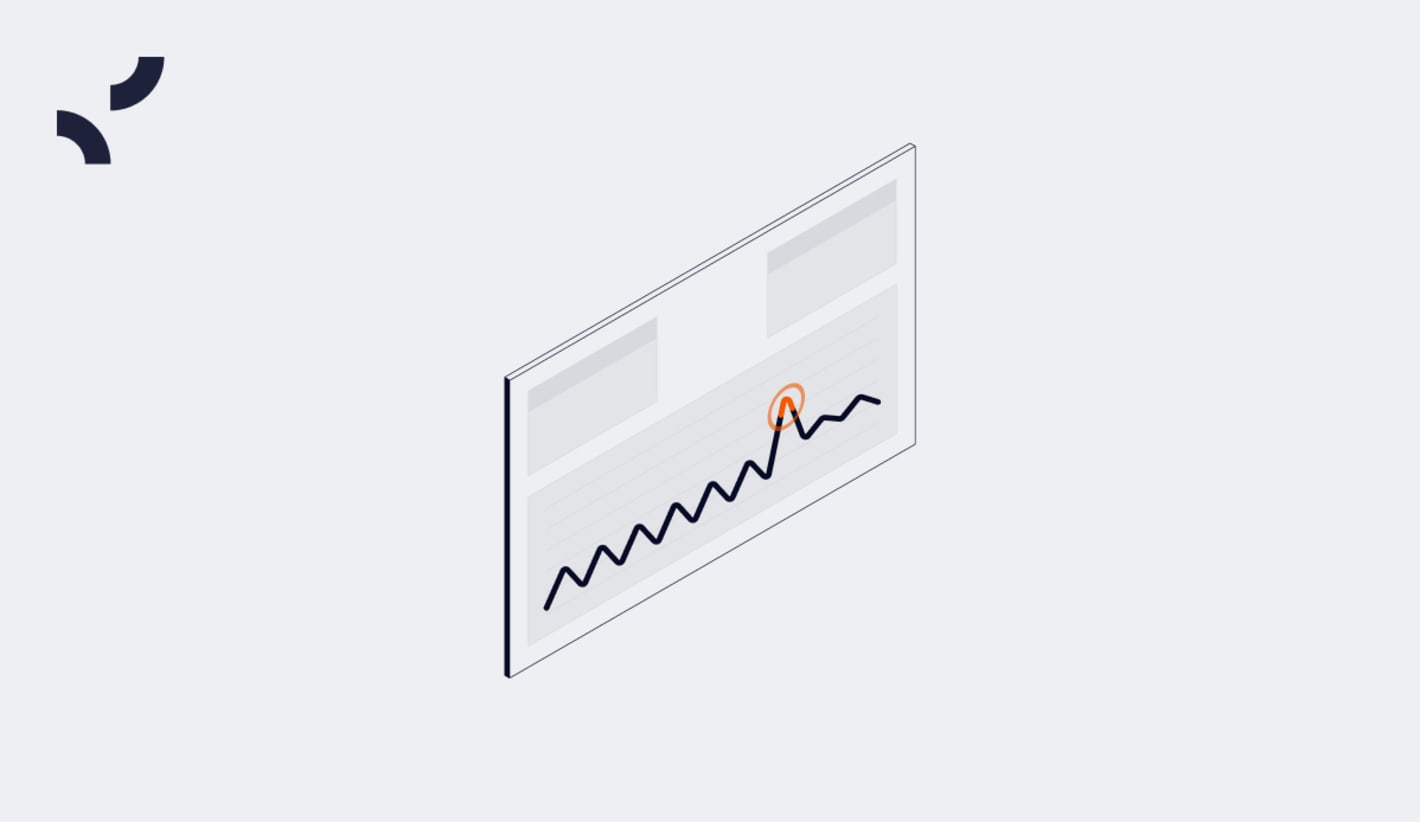

2. Which data loggers to choose for CEIV certification?
Choosing the best data logger for your operation’s needs can be a hassle. There are many components to choosing the right data logger. Battery life, resolution, accuracy, temperature span, cost structure, installation complexity, software, and many, many more.
When it comes to CEIV certification, make sure that the data logger you chose includes:
Real-time monitoring
Make sure you are able to track live data.
Deviation alarms
Critical alarms are a must in making sure that products are under optimal conditions.
Enough data
Sufficient data collection and storage is also a must when you present audit reports.
Accredited calibration
Ensures that you are compliant with other regulatory requirements.
Need help?
We are experts on data loggers and sensors, and how to find the perfect fit that will take you to full compliance.
Feel free to book us for a 15-minute slot with one of our specialists in the calendar.
(Have the data loggers you need? Keep scrolling, there is more)
3. Which role does calibration play in securing your CEIV certification?
It is important to have a calibration process that supports all of your temperature compliance efforts. Accredited calibration is crucial to ensure that the data loggers and sensors used in temperature monitoring are accurate and reliable. It is a critical aspect of attaining your CEIV certification, as it is a part of the official CEIV pharma checklist.
Therefore, ask yourself:
- Do you have a procedure for the calibration of equipment used to transport and handle pharmaceutical shipments?
- Is there a procedure for the calibration of monitoring equipment?
- Is the calibration done based on a risk assessment?
- Is there traceability of the equipment calibration?
- Is the calibration of the suppliers’ equipment part of the contract or quality agreement with suppliers?
- Is there a reaction process in place in case of deviation of calibration of the equipment?
- Is the equipment used for temperature monitoring during transport calibrated at regular intervals?
A way to ensure a proper calibration process is by ensuring flexibility. Flexibility in calibration options can be a cost-saving advantage, allowing you to switch between accredited and traceable calibration, without compromising adherence to GDP and other GxP guidelines following the requirements of the FDA and other regulatory authorities.
Good calibration features include:
- Calibrate without swapping devices
- Accredited calibration - our laboratory is accredited according to DIN EN ISO / IIEC 17025
- Sensors with specifically required ranges and resolutions
- Easy and simple calibration process
All something our calibration solution entails - some would say that it is the most convenient temperature calibration solution in the market - we will let you judge that for yourself. Learn more in the free solution catalog.

4. How to perform CEIV-compliant temperature mapping and validation?
CEIV-compliant validation
Validating your processes is a must when it comes to ensuring compliance. When performing a temperature mapping the goal is to validate the unit and its ability to maintain temperatures within the required range during various stress tests like OQ/PQ stability tests, door opening tests, and power failure tests.
Mapping and validation is a must in getting your CEIV certification, to prove to both IATA auditors and (later on) other external forces, that your organization is compliant with regulations.
CEIV-compliant temperature mapping
Performing a compliant temperature mapping is essential to meet the requirements in the CEIV checklist. You need to demonstrate how your organization validates processes and ensures temperature compliance throughout your supply chain.
To comply with CEIV pharma requirements, your organization needs to prove that a temperature mapping has been conducted. Ask yourself the following::
Is the mapping based on a risk assessment?
- How are changes in the facility dealt with?
- Is the mapping performed seasonally? (both winter and summer)
- Has the mapping been conducted while the facility was both empty and full?
- Has the mapping been conducted while the facility was both in operation and inactive?
- Have you conducted a power failure test?
- Are the mapping results documented?
- Is the mapping report used to provide recommendations for operations?
Tip! Gain full confidence in your temperature mappings with Eupry. See how here.
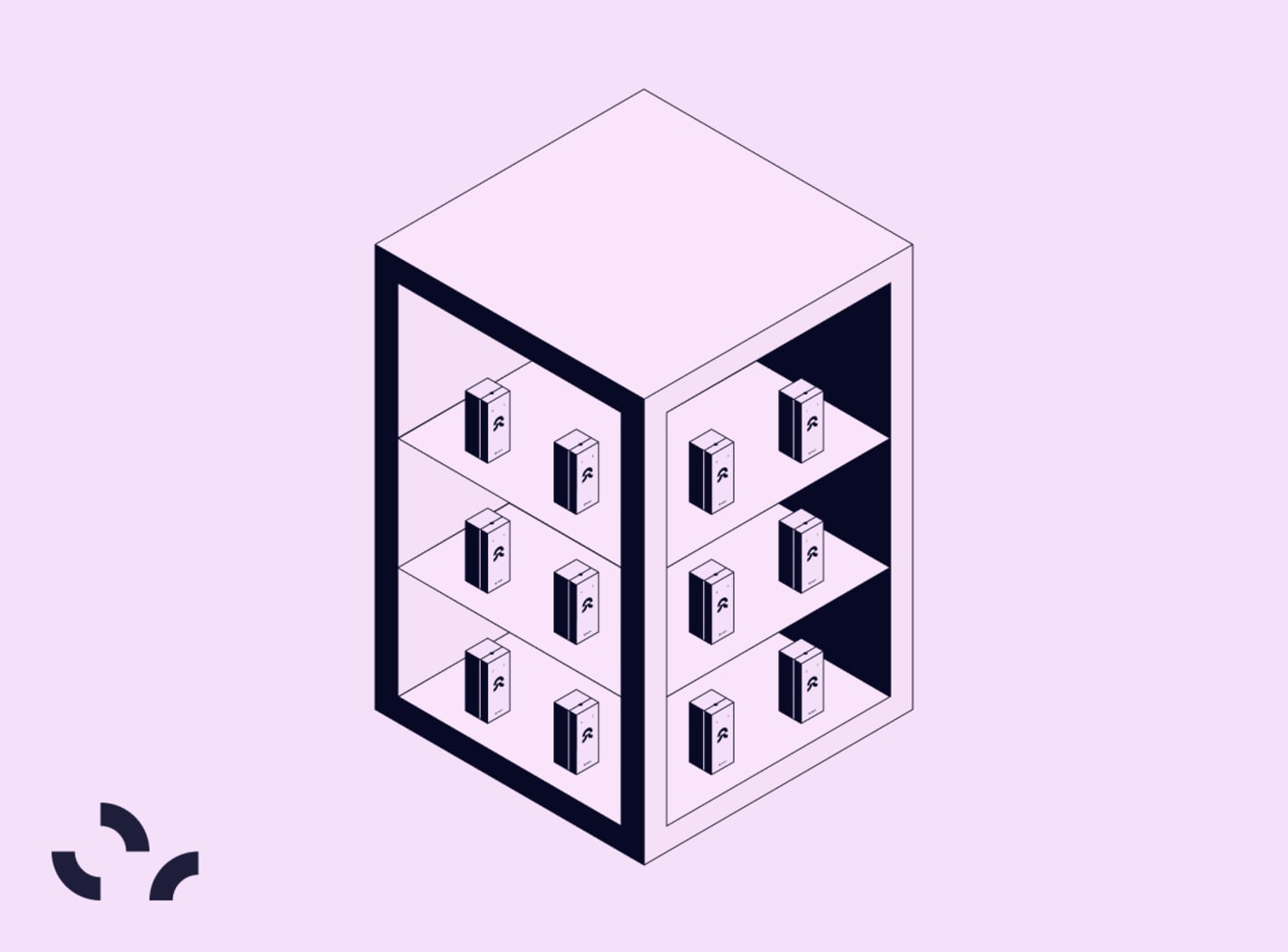
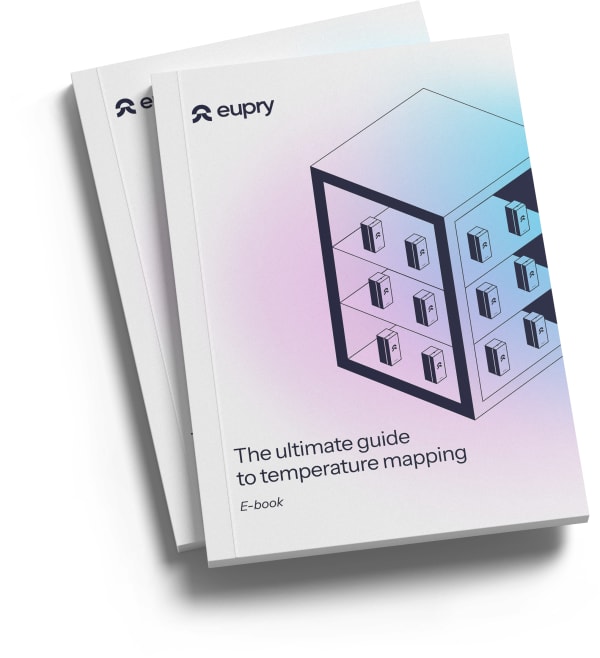
The ultimate temperature mapping guidelines
The 5 steps you need to conduct a professional (CEIV-ready) temperature mapping – from planning and execution to finalizing the reports.
5. What are the CEIV requirements for audit documentation?
Audits can be a draining experience. You need to make sure that you have all the (accurate) documentation in place. The CEIV certification serves as a tool for ensuring smooth audits.
In the context of CEIV Pharma, there are two bodies of audits.
- First and foremost, you have to have an IATA audit to achieve your CEIV certification.
- Secondly, your CEIV pharma certification and processes under CEIV pharma requirements, serve as a tool for ensuring a smooth audit from external forces.
For your CEIV audit, you need to have proper documentation in place. There are a lot of different questions from IATA regarding documentation on many levels. Here are some questions to ask yourself when dealing with your temperature compliance processes:
- Do you have written procedures for all your operations?
- Do you have procedures for temperature deviations and alarms?
- Have you performed the necessary risk assessments on your temperature compliance efforts?
- Is there a process for proper storage of documentation?
- Are there written procedures for documentation for the transportation, storage, and handling of pharmaceutical products?

The pros and cons of getting external assistance for your CEIV
Achieving CEIV Pharma certification is a complex endeavor that requires an understanding of regulatory requirements and a meticulous approach to compliance. External support can play a pivotal role in this journey, offering a blend of expertise and resources tailored to the nuances of the certification process. Below, we explore the advantages and potential drawbacks of seeking external help, along with an overview of the types of assistance available.
Advantages of external assistance
- Time efficiency: Leveraging external expertise and/or CEIV-ready solutions can significantly accelerate the process of getting your certification.
- Tailored consultation: External consultants or service providers bring specialized knowledge of IATA's CEIV Pharma standards, help you identify areas where you do not meet requirements, and develop a plan to address gaps.
- Audit preparedness: External partners can help you prepare for the CEIV audit, ensuring that all necessary documentation is in order. This can significantly reduce the stress and time associated with the audit.
Potential drawbacks of external assistance
- Cost implications: There is no getting around it, engaging external experts or purchasing specialized compliance solutions represents a cost that needs to be weighed against the benefits*. However, many solutions involved are a requirement for handling pharmaceuticals and are therefore a need-to-have if you work with these products – the only question is whether or not they are up to CEIV standards? Read more below under “CEIV-ready compliance solutions”.
- Dependence on external parties: Relying heavily on external assistance might lead to a dependency that could impact the organization's internal competency development.
- Variability in service quality: The quality of service and the depth of expertise can vary significantly between providers, necessitating thorough vetting.
* In evaluating the costs and benefits, it is worth noting that CEIV certification serves as a hallmark of quality in pharmaceutical logistics. The certification can greatly enhance your appeal to prospective clients, making an expedited certification process very valuable.

The types of external help available for getting your CEIV certification
Getting external help can simplify your CEIV certification process. However, external help can be more than expensive consultancies.
CEIV-ready compliance solutions
Choosing reliable solutions for both temperature monitoring, calibration, validation, and documentation can help you effectively address CEIV certification requirements. This route will often be a more cost-efficient solution, as these solutions are required for handling pharmaceutical products not only for CEIV but also by many other regulatory bodies such as the FDA.
Tip! Eupry offers an automated temperature compliance solution that includes the essential components in achieving your CEIV certification. Learn more in our solution catalog.
Consultancy services
Specialized consultants can offer strategic advice, gap analysis, and help in developing a roadmap to certification.
Training and education
External training programs designed to enhance staff understanding of CEIV Pharma standards and best practices.
Audit and documentation assistance
Some providers specialize in helping organizations prepare their documentation and processes for the CEIV audit.


Secure CEIV adherence with automated temperature compliance
Eupry’s solutions simplify temperature compliance for organizations working with pharmaceuticals. Together, the solutions will make getting your CEIV certificate a walk in the compliance park. Learn more in the catalog.
Get CEIV-certified with Eupry: One solution, everything you need
Monitoring, calibration, and validation in one. One vendor to get you to the CEIV-finish line in no time. Eupry collects everything you need to get your CEIV certification:
Summing up
Summing up, the requirements for temperature compliance in achieving CEIV Pharma certification include:
- Reliable temperature monitoring: Essential for maintaining product integrity and safety. Unnoticed deviations can lead to compromised quality.
- Choice of data loggers: Must support real-time monitoring, deviation alarms, sufficient data collection, and storage, and feature accredited calibration.
- Calibration process: Accredited calibration ensures the accuracy and reliability of temperature monitoring tools, a critical aspect of CEIV certification.
- Temperature mapping and validation: Demonstrates your organization's capacity to validate processes and maintain required temperature ranges throughout the supply chain.
- Audit documentation: Comprehensive and accurate documentation is crucial for smooth audits, demonstrating compliance with CEIV requirements and regulatory standards.
Although the content of the CEIV checklist is more extensive, these elements form the foundation of the temperature compliance elements necessary for achieving your CEIV certification.
Tip! Should you need help making sure your temperature compliance setup is CEIV-ready, you can book a call with one of our specialists right here.

3 ways to dive deeper
Ready to dive deeper or need specific advice for your situation? Explore further and find the perfect fit for your business needs.

Understanding key regulations of temperature compliance
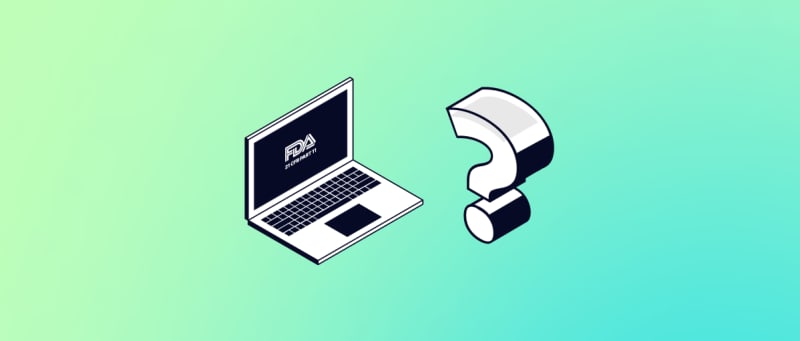
9 questions about 21 CFR Part 11 compliant monitoring in pharma

How to unify temperature compliance to minimize manual work

6 methods to spend (way) less time on manual temperature compliance
Enhance compliance, get time back, and say goodbye stressful audits by reducing (cumbersome and error-prone) manual compliance work.

